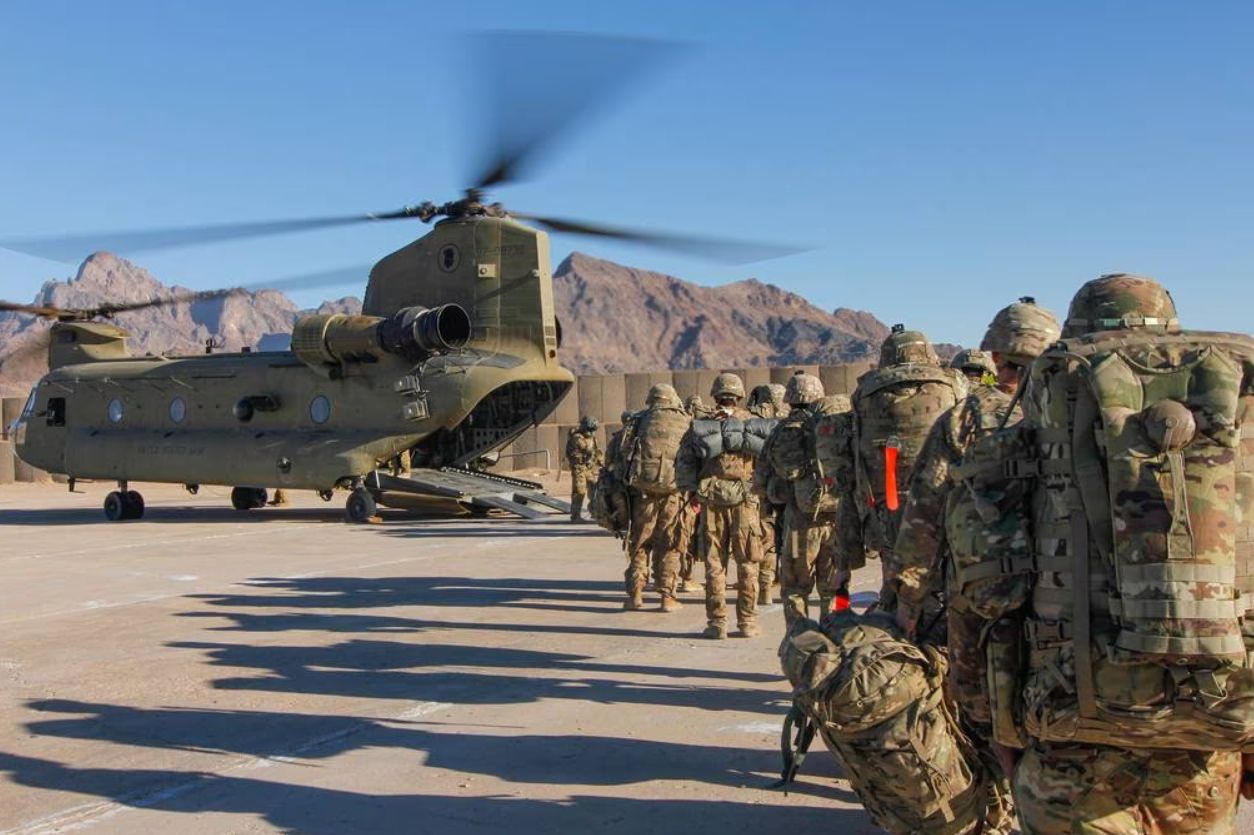The US Military has an enemy within its ranks. The mental health crisis in the US armed forces is on the rise, and suicides have become the second leading cause of the death of its service personnel.
Japan’s Patriot PAC-3 Missile Supply To US ‘Fumes’ Russia; Moscow Warns Of ‘Damage’ If They Reaches Ukraine
A recent study has revealed that the biggest reason behind it is the brain injury risk that the personnel are at because of the firing of the weapon. The study shows that armed forces personnel don’t need to be deployed to suffer from brain injuries, and just the firing of weapons can cause it.
Investigations by the New York Times revealed that many US troops who fired large numbers of artillery rounds against the Islamic State in Iraq and Syria developed “mysterious, life-shattering mental and physical problems.” But a bamboozled military struggled to understand what was wrong.
The investigation was done into the Alpha Battery, 1st Battalion, 11th Marines, after the troops came home “feeling cursed.” The other Marine and Army artillery units also showed similar symptoms.
The investigation found that many of the troops sent to bombard the Islamic State in 2016 and 2017 returned to the US and were suffering from nightmares, panic attacks, depression, and, in a few cases, hallucinations.
The Marines, known for their predictability and reliability, turned, and many were now homeless. A striking number eventually died by suicide or tried to.

The US Army tried to interview the veterans and their families of the troops who returned from Iraq and Syria, but the results proved to be desultory. The symptoms were attributed to post-traumatic stress disorder.
But what remained puzzling was that most of the troops had been away from the front lines as they were firing from long-range artillery and were not involved in direct fighting. The only common denominator between them all is that they fired a large number of artillery rounds.
The US has made a strategic decision to avoid sending a large number of troops to fight the Islamic State and to pound them with air strikes and artillery fire. The strategy yielded results as the Islamic State was annihilated with minimum casualty of American troops.
But it meant a small number of crews had to fire a large number of high-explosive shells. A battery with four howitzers and about 100 troops could deliver a torrent of fire, day or night, in any weather.
The number of rounds per crew member was larger than any American artillery battery had fired since the Vietnam War.
But as the problems persisted, the Marine Corps looked into the matter and found that their weapons were hurting the gunners. The guns blasted to send a 100-pound round hurtling beyond 15 miles and sent shock waves through the bodies of the crew member, rattling their bones, punching lungs and hearts, and impacting their brains.
Explaining this Daniel Johnson, a journalist who covered Iraq and Syria, recently wrote: “It is hard to explain how it feels to be behind an artillery piece when it fires: the force from the explosion that threw a hundred-pound shell for miles, knocking the breath out of you and causing a shudder in your bones.
When the dust clouds began to form from the sand blown off the walls and ground, filling our noses with soot and staining our uniforms to the point they sometimes looked white, I also often had a dull pain in my head like I had just gotten hit in the face.”
He further explains: “It is worse if you’re inside or under something; one day, I was asleep under a truck when an M777 howitzer suddenly fired a few feet away, the shock wave forcefully ejected me from my slumber and threw me in a state best described as being between consciousness — the world spinning as I tried to remember where I was.”
A gun crew has to go through this 1,000 times during their deployment to the conflict regions. More than half the Marines in the battery had eventually received diagnoses of traumatic brain injuries.
The report compiled by the Marine Corps warned that the experience in Syria showed that firing a high number of rounds, day after day, could incapacitate crews “faster than combat replacements can be trained to replace them.” And it also explains why the suicide rate in the military is three times that of the national average.
Two recent Navy studies also echoed similar findings after examining the records of more than 2 million service members and veterans. The studies found that those who were in career fields with more blast exposure had an increased risk of developing anxiety disorders, depression, migraines, substance abuse problems, dementia, and several psychiatric disorders, including schizophrenia.
Doctors studying the problems say that the blasts rippling through brain tissue could cause microscopic scarring in the brain tissues and could eventually cause neural connections to fail.
- Ritu Sharma has been a journalist for over a decade, writing on defense, foreign affairs, and nuclear technology.
- She can be reached at ritu.sharma (at) mail.com
- Follow EurAsian Times on Google News